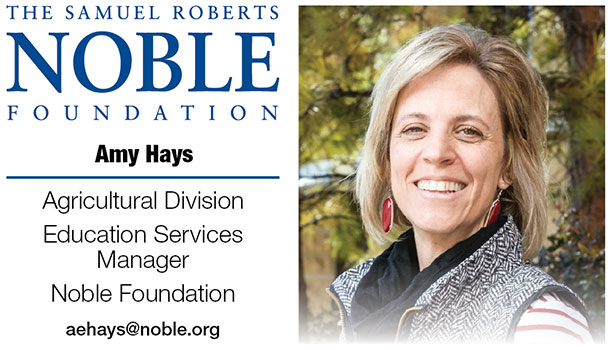The latest census was done in 2012, and reports are still coming in. Another survey will be conducted in 2017, but most data will not be available for a year or two. There are reports on numerous areas in agriculture, but some are especially notable to consider as we continue on to the next generation of agricultural landowners.
Trend 1: Land transfer ahead
The impending transfer of land to occur in the next five years is estimated to be one of the biggest transfers in quite some time. On average, roughly 10 percent of lands (91.5 million acres) are estimated to be transferred. While the methods of transfer are not unusual (place/keep in trust, sell to relative, sell to non-relative, gift), the unknown rests mostly on what the transfer will mean to the production on those lands.
Will the current operation be maintained? Will a new operation begin? As importantly, will that land transfer to the next generation or skip to the following generation? This question is difficult to assess, mainly because of another trend occurring: unequal population numbers, which ties to age of ownership.
Trend 2: Age of farm and ranch owners
This trend runs parallel to the first. The average age of ownership has been steadily increasing since the early 1980s. Average age of principal operators is 58.3 in 2012, whereas it was 50.5 in 1982. Only 6 percent of operators are younger than 35, 61 percent are ages 35 to 54, and 33 percent are older than 65.
In the general population, 20.5 percent are ages 20 to 34, 27.1 percent are ages 35 to 54, and 13.5 percent are older than 65. There is low representation of 35 and younger producers compared to older ones.
On the surface, this seems normal; however, in 1982, those numbers were more equally split at 42 percent of producers ages 35 to 54 and 42 percent older than 65. Let’s add one more factor to this trend: generations.
The generation of people currently 25 to 54 years old is known as Generation X. This generation physically has 20 million fewer bodies in their generation than the generation before (boomers) and after them (Generation Y). When you put all the numbers together, the question about who will be the new owners is more confusing than in the past.
Will there continue to be large land transfers that skip to a different generation than the one that directly follows the current? The lack of available population and available young producers might usher in new shifts in land use and production. This has implications directly related to trends 3 and 4.
Trend 3: Beginning farmers and ranchers
Beginning producers account for 25 percent of new farmers and ranchers (those with fewer than 10 years tenure on the land). Within this group is good news for diversity with more women and minorities – but less good news in the amount of cash receipts, which are low in this group, as is expected.
This group does not receive the majority of their income from farms and ranches. With the shift in land expected in the next five years, these newer owners may not have the equipment, capital and experience to maintain the transferred land in the same production methods.
One current need may be to make sure these new and beginning producers have the networking and support needed to help keep them in operation.
Between 2007 and 2012, a significant loss of new and beginning producers occurred, most likely due to drought and the inability to have the resources to weather an extended loss of resources and income. Thus, replacement farmers and ranchers are not at the numbers needed to replace retiring ones.
Trend 4: Continued decrease in farm and ranch numbers
In 1982, there were 2.48 million farms; in 2012, the number had dipped to 2.11 million, the lowest in the 30-year reporting period. Small farms account for the majority of farms at 88 percent, while 55 percent of the land in farms is greater than 2,000 acres but only accounts for 4 percent of farms. The largest number of farms is between 50 and 179 acres.
These lands specialize in beef cattle, but only 16 percent of these producers depend on the farm for the majority of their income. This points to the continued need for operational efficiency because smaller farms tend to have higher expenses and less receipts because of economies of scale.
Creative planning and assistance to these smaller owners will continue to be important as their presence on the farm tends to be less with outside jobs and income.
Trend 5: Renewable energy production
In 2007, a new survey question was added about the number of farms that produce renewable energy. In 2012, 57,000 farms reported they produced renewable energy for their use or others (doubled from 2007). California and Texas led this trend.
An eye on this trend will be interesting as the “production” potential of farms and ranches for energy continues to grow. This trend adds new dynamics to the value of agricultural lands as energy needs continue to emerge.
These five trends are among the most notable in the Ag Census. The number of agriculture acres continues to be approximately 40 percent of all lands in the U.S.; there has been little decline since the early 1900s.
There are fewer farms but acreage has maintained. The aging producer population continues to be an issue since it is growing disproportional to the population. Maintaining replacement farmers and ranchers is a pressing need now and in the near future. ![]()
For more information and reports, visit the USDA National Agricultural Statistics Service website.
PHOTO: Multi-generational engagement and activities will be key in planning for meeting the needs of future farmers and ranchers. Photo courtesy of Noble Foundation.







